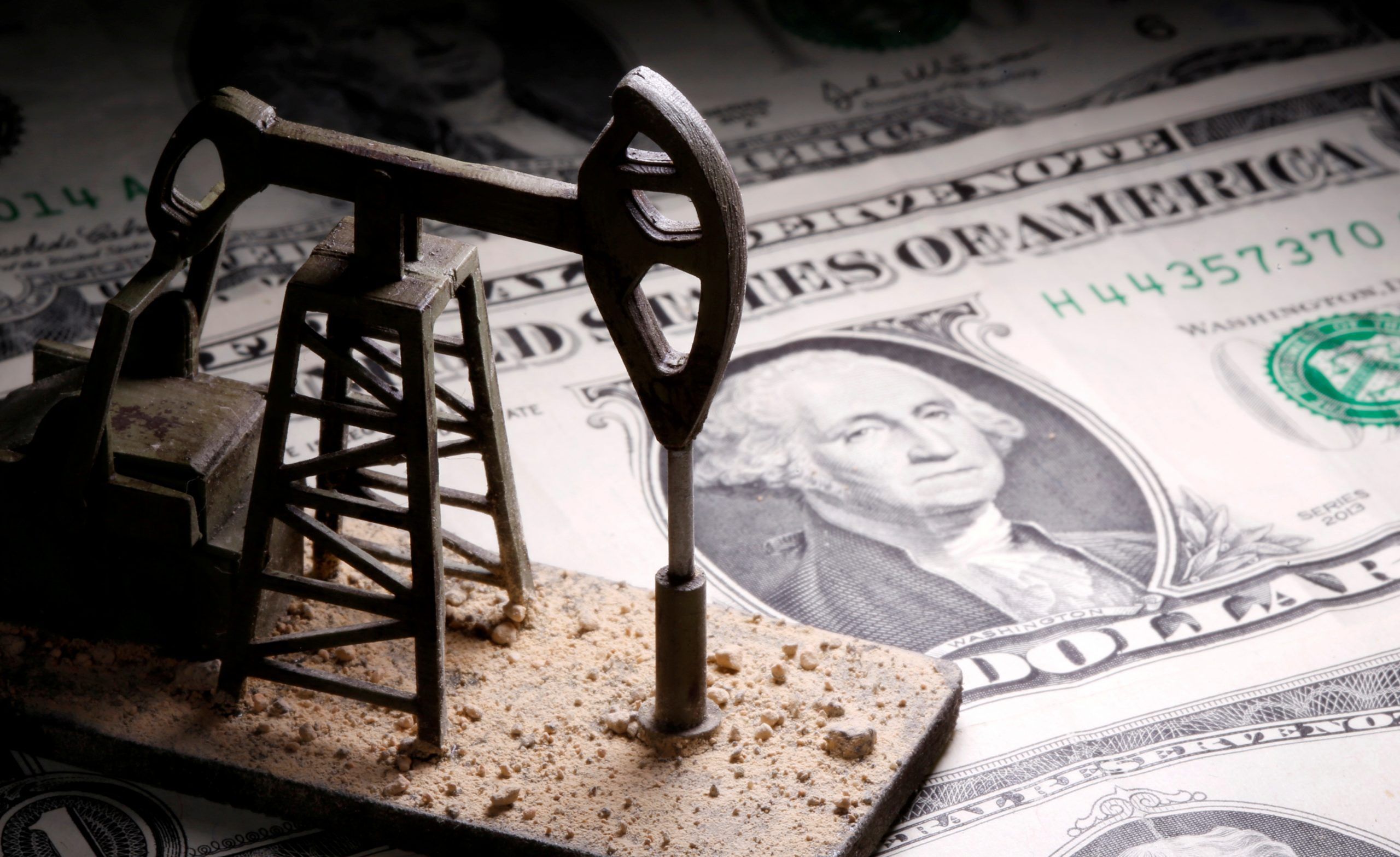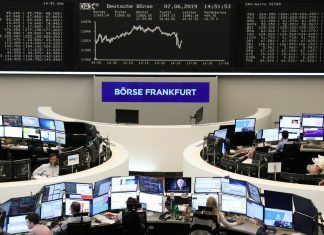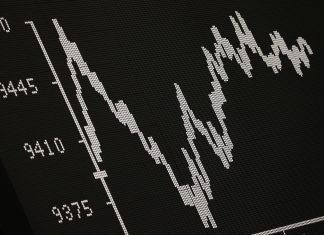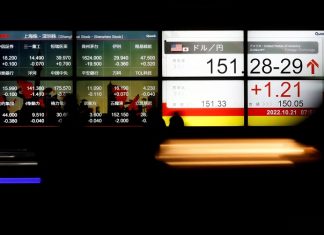By Herbert Lash
NEW YORK, Feb 18 (Reuters) – A gauge of global stocks fell and government debt prices rose on Friday after hopes that diplomacy might resolve the Ukraine crisis faded on news Russian-backed separatists were evacuating residents from breakaway regions in the country’s east.
Sentiment soured as shelling increased in eastern Ukraine and a rebel leader announced the surprise evacuation, a surprise development in a conflict the West suspects Russia will use to justify an all-out invasion of its neighbor. Read full story
The dollar rebounded and the safe-haven Swiss franc CHF= rose as a mood that had improved on news late on Thursday that U.S. Secretary of State Antony Blinken would meet with Russian Foreign Minister Sergei Lavrov next week darkened again.
The dollar index =USD, a measure of the greenback to six major trading currencies, rose 0.301%, while the euro against the franc EURCHF= fell 0.19%. The two currencies often are recipients of a flight to safety during times of crisis.
The ruble weakened 1.40% at 77.16 per dollar as Russian assets have been hammered by fears that a military conflict would trigger sweeping new Western sanctions against Russia.
Germany’s foreign minister, Annalena Baerbock, said all options were on the table regarding sanctions on Russia if it attacks Ukraine, including the Nord Stream 2 pipeline intended to bring Russian gas to Germany. Read full story
Investors are waiting for the three-day weekend to be over to assess an equity market already weaker on the outlook that rising interest rates will hurt growth stocks, said Rick Meckler, partner at Cherry Lane Investments.
EXCLUSIVE – China’s CCPC Takes Centre Stage in Iran, Venezuela Oil Trade-Sources
“Coming into this weekend with geopolitical concerns and what’s been a persistently weak market, a lot of people threw in the towel,” Meckler added.
In Europe, the pan-regional STOXX 600 share index retreated from initial gains to close down 0.81%, with travel and banking shares leading the decline. MSCI’s gauge of stocks across the globe.MIWD00000PUS shed 0.85%, down almost 7% this year.
On Wall Street, the Dow Jones Industrial Average .DJI fell 0.68%, the S&P 500 .SPX lost 0.72% and the Nasdaq Composite .IXIC dropped 1.23%. All but one of the 11 S&P 500 sectors fell, with the exception being consumer staples, which do well in economic downturns.
The worst-case scenario, after discounting an all-out war, would be Russia occupying most of Ukraine and suffering severe economic consequences, which would slow the global economy, said David Kelly, chief global strategist at JPMorgan Funds.
“You get a spike in inflation but the Federal Reserve will probably see that kind of spike in energy prices associated with more uncertainty as ultimately disinflationary rather than inflationary,” Kelly said.
“As an investor I wouldn’t get out of good long-term investments because of that,” Kelly added.
As tensions rise, history shows that investors overestimate the downside impact and underestimate the possibility of a positive resolution, said Thomas Hayes, chairman and managing member of hedge fund Great Hill Capital LLC.
“In the worst-case scenario that Russia does take Ukraine, hypothetically as they took Crimea, a lot of the bad news is priced in and it would be ‘sell the rumor, buy the news,'” Hayes said.
U.S. Treasury and European government debt rose as Ukraine developments dented risk appetite. The yield on 10-year Treasury notes US10YT=RR fell 5.2 basis points to 1.922%, while benchmark German 10-year bond yields were set for their biggest weekly fall since November. Bond yields fall when prices rise.
Gold retreated slightly from the key $1,900 level. U.S. gold futures GCv1 settled down 0.1% at $1,899.80 an ounce.
Crude oil extended losses and was heading for a weekly fall as the prospect of increased Iranian oil exports eclipsed fears of potential supply disruption resulting from the Russia-Ukraine crisis.
U.S. crude futures CLc1 fell 69 cents to settle at $91.07 a barrel, while Brent LCOc1, the international benchmark, settled up 57 cents at $93.54 a barrel.
Bitcoin BTC= fell below the $40,000 mark at one point, but was last down 1.45% at $40,095.93.
(Reporting by Herbert Lash, additional reporting by Huw Jones in London; Editing by Will Dunham, Christina Fincher, Chizu Nomiyama and David Evans)






